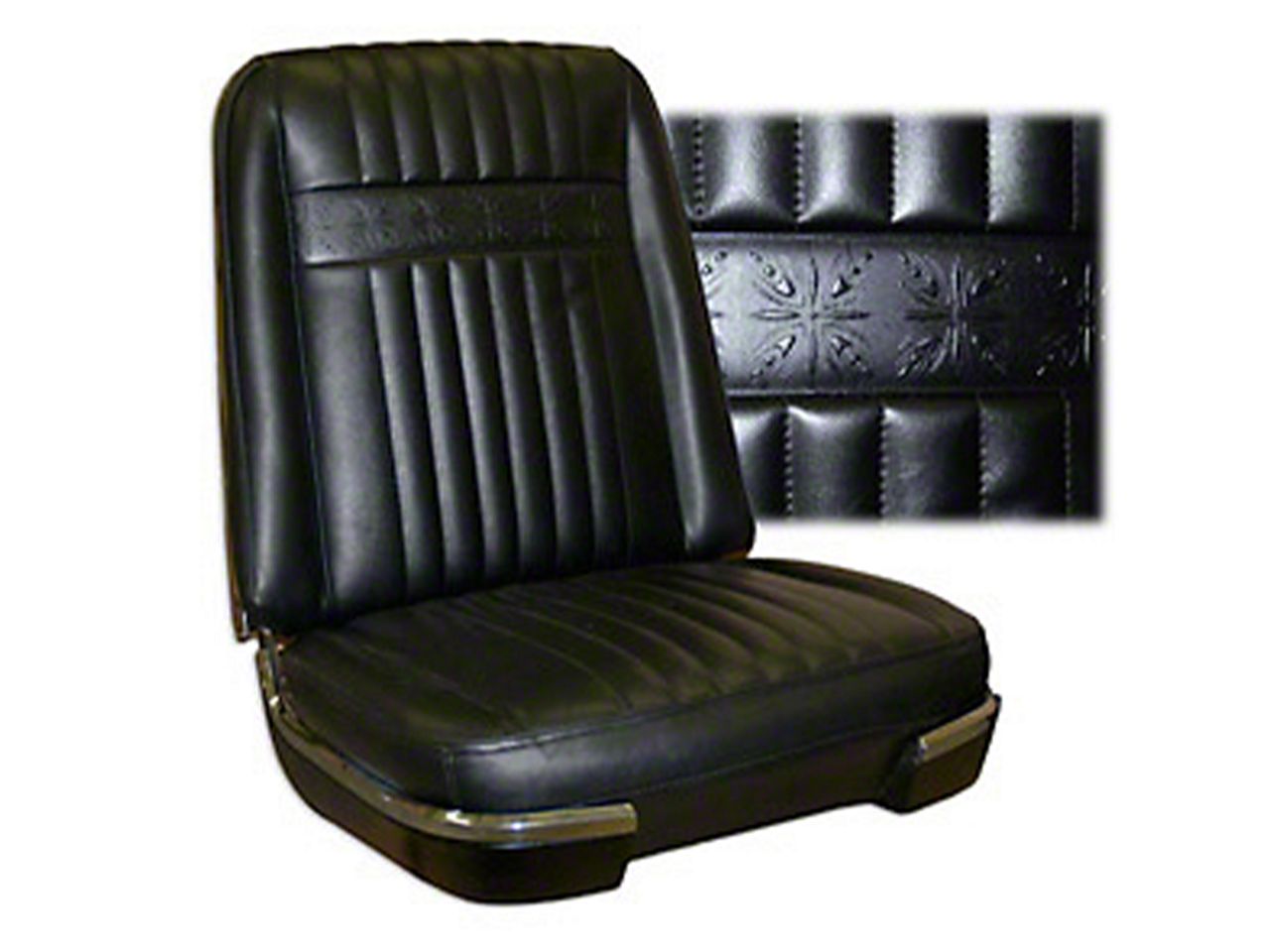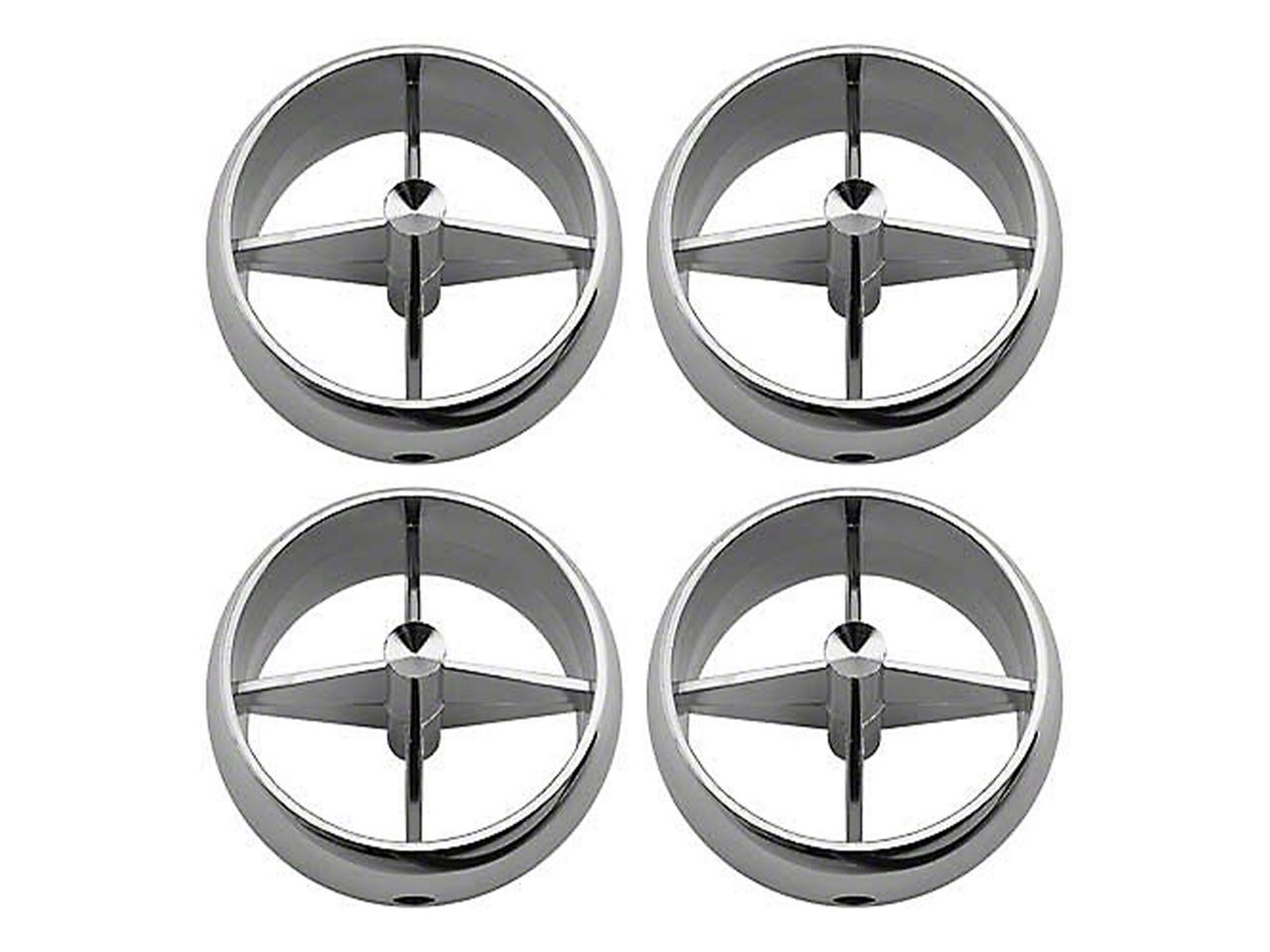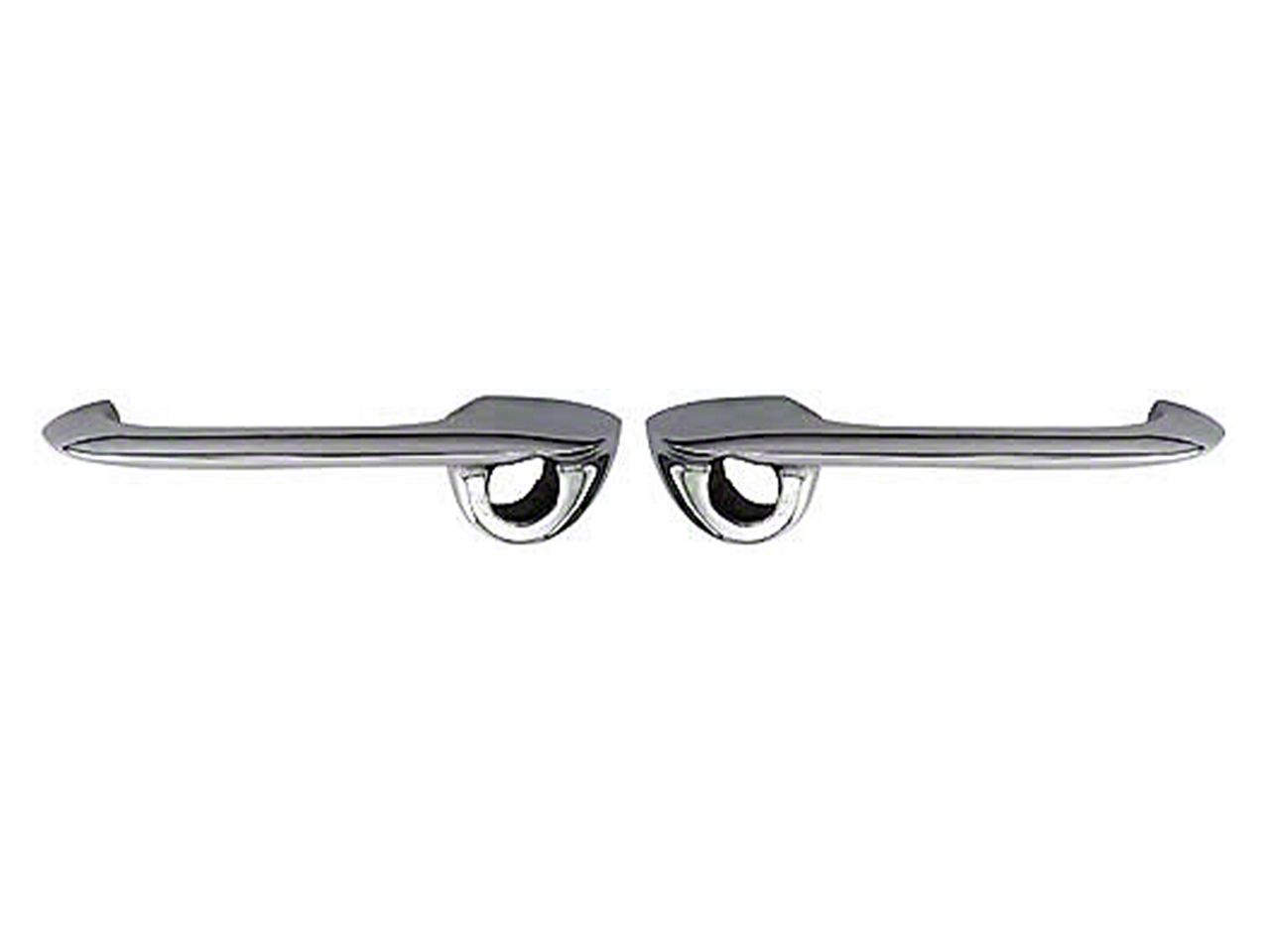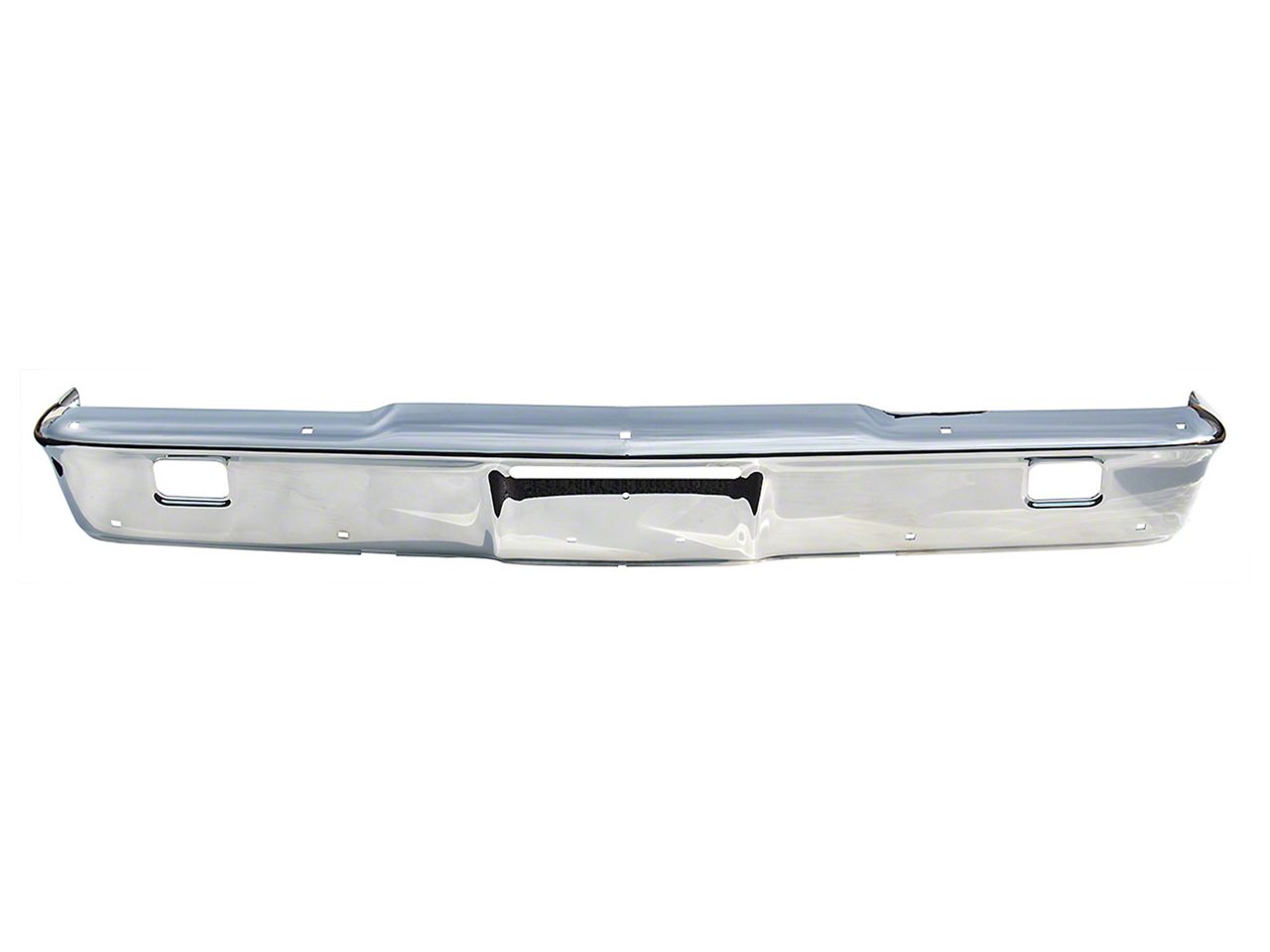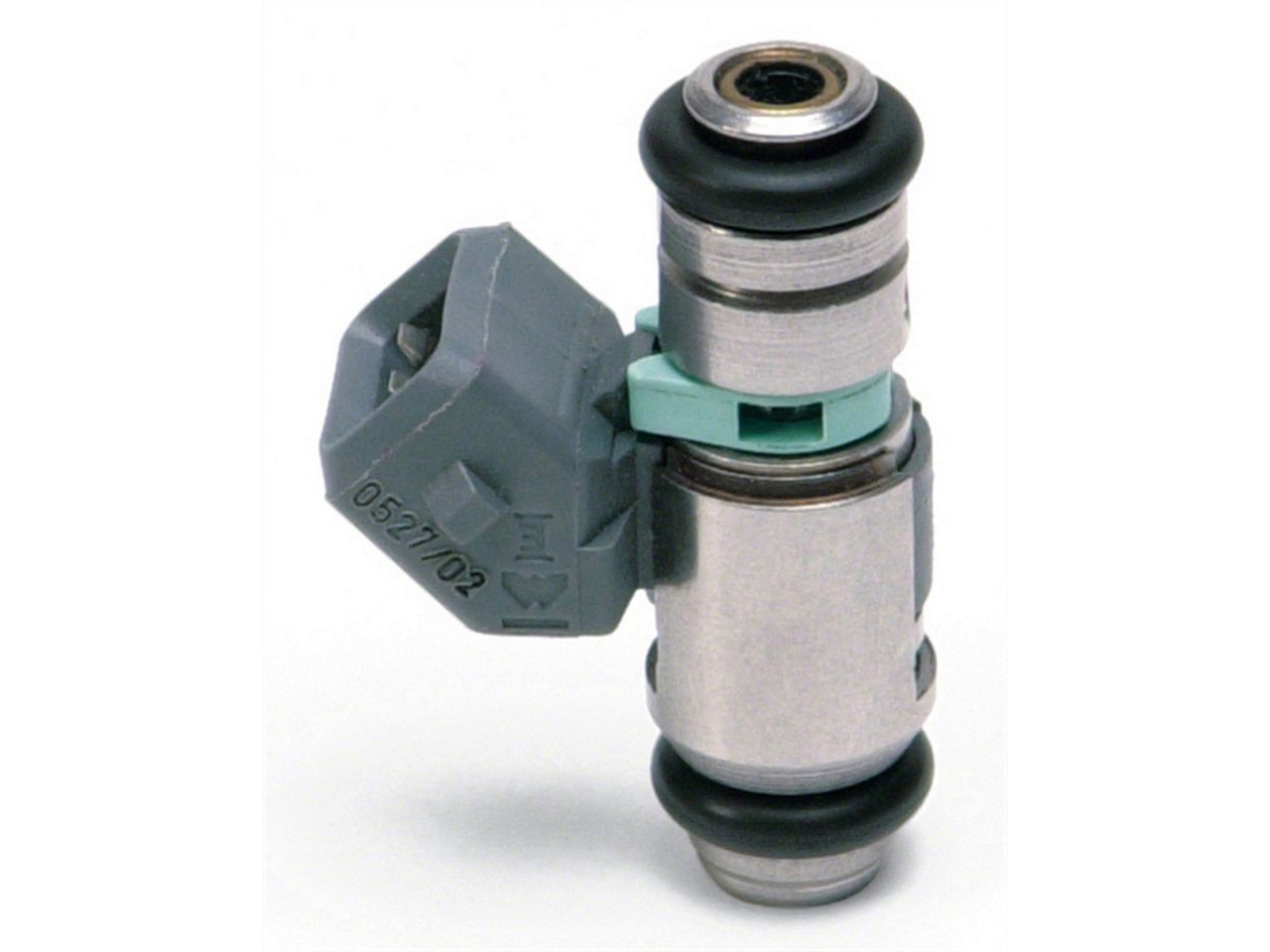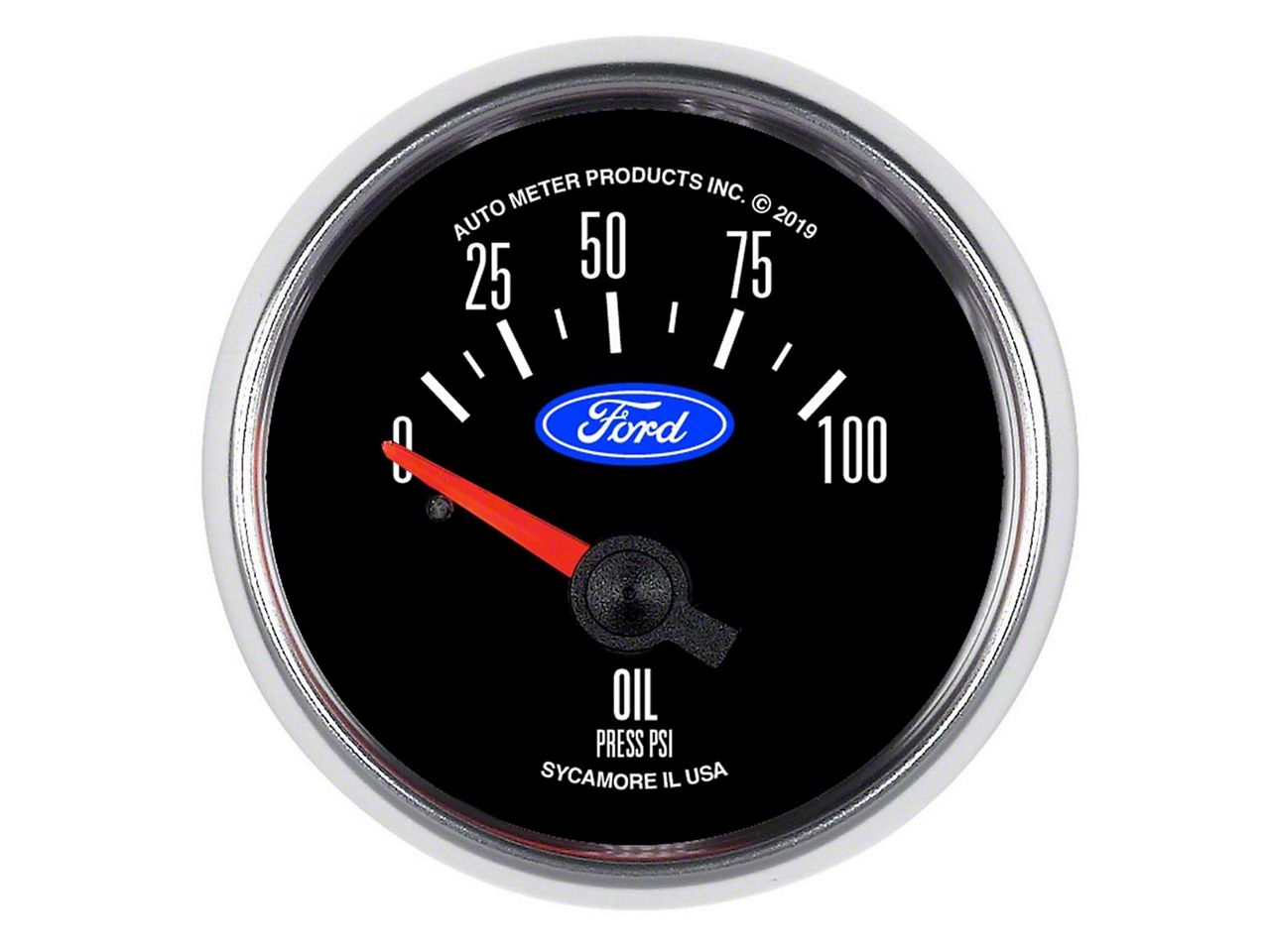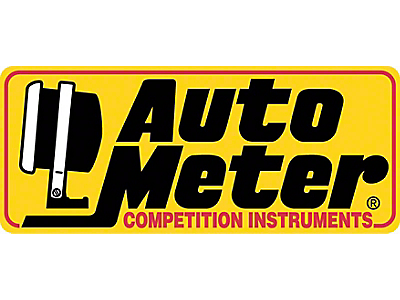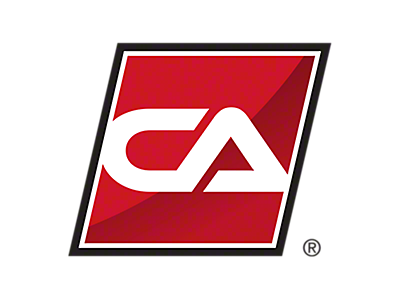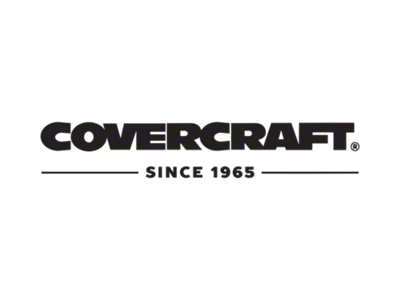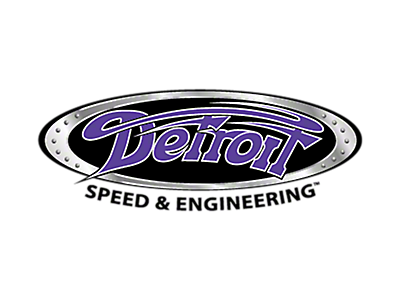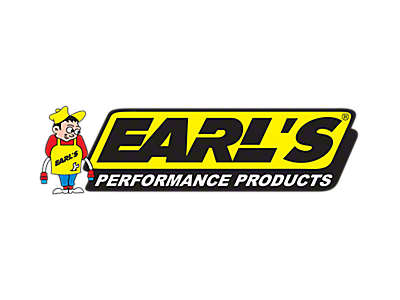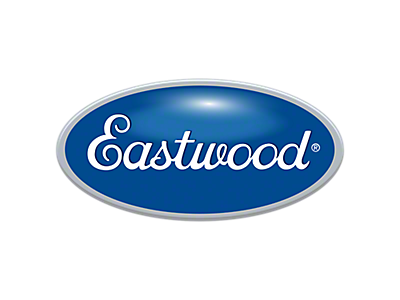"Once you've seen it, you'll never forget it. Edsel, “Once you've seen it, you'll never forget it. Once you've owned it, you'll never want to change."" Edsel had its origins nearly 10 years before its release. As early as 1948, the Ford Motor Company was researching the production of a medium priced car. Ford’s goal was to retain Ford customers by offering them the option of trading-up incrementally from the Ford line all the way up to the Lincoln line. In April of 1955, Ford established a “Special Products Division” with the objective of creating a new line of cars that would address the gaps between both the Ford and Mercury line, and the Mercury and Lincoln line. The car was known then only as the “E-car,” for experimental. The “E-car” project was unique in many respects. The aim was to design a car that was recognizable from any angle. The “E-car” had sweeping lines and a “horse collar” grille that certainly made it distinguishable from many cars of its era, but its unique appearance was not limited to the body design. An aircraft inspired instrument panel was loaded with new options like visual warning lights, a “Dial-Temp Air System, and a floating “Speed Warning Light Speedometer.” The “E-car” would also be given special consideration. Two new V-8 engines, the E-475 and the E-400, were designed for the “E-car” project. The “Teletouch” drive, a set of transmission buttons located in the center of the steering wheel, allowed the driver to select shift, reverse, and park “without lifting a hand from the wheel.” Every aspect of the “E-car” project was given extraordinary attention, right down to the selection of the name. Wanting to capture the excitement surrounding the new product line, Ford struggled to find a name that would fit the spirit of the project. The Ford Motor Company ultimately choose the name Edsel, in honor of Henry Ford’s only son, and in 1956 the “Special Products Division” was renamed the Edsel Division. With a name in place and a design like no other, Ford set out to entice the public and create interest in the new Edsel line. An unprecedented promotional campaign included ads that created an air of expectation like never before for a new car. The publicity worked, creating much public speculation and excitement. With great fanfare, the Edsel made its public debut on September 4, 1957. 2.5 Million Americans made their way into showrooms on what was dubbed “E-Day”. The 1958 Edsel line hit the showroom weeks ahead of all the other makes for that year. There were 18 models to choose from, including 5 station wagons. The Citation and Corsair models, built on a Mercury chassis, were priced to fill the gap between the Mercury and Lincoln line. The Pacer and Ranger models, built on a Ford chassis, were priced to fill the gap between the Ford and Mercury line. The station wagons, Bermuda, Villager, and the two-door Roundup, were also built on a Ford chassis. Along with their unique styling, engines, and Teletouch shifters, the Edsels were filled with innovations and options that, common for today’s vehicles, were ahead of their time. Innovations for the new line included a transmission that locked in “Park” until the ignition key is turned, a “control-center” 60/40 split front seat that allowed for driver comfort and easy entry to the rear seat in 2 door models, and hood and trunk releases that were accessed from the driver’s seat. Initially, the promotion appeared to be a success, as it certainly created public interest in the car. However, it soon became apparent that, despite the crowded showrooms, few Edsels were being sold. Ford continued to aggressively promote their new line, but by the end of the year, one in which Ford expected to sell over 200,000 Edsels, they were faced with the disappointment of not even meeting one third of their projected sales. Perhaps the overly ambitious lineup of 4 distinct models built on two separate platforms was too much for the general public to consider. The radical, for its time, styling may have also contributed to the poor sales records. Shortly after its debut, rumors of poor quality plagued the Edsel line. Since the Edsel was built between Fords and Mercurys on the assembly line, assemblers, working outside of their regular routine, would occasionally forget to install some parts or would have to contend with parts that didn’t always fit properly. In addition to the confusion on the assembly line, Ford was also having problems supplying parts for Edsel production. As a result, many early Edsels were shipped to dealerships with parts missing. It may have been a combination of these factors that led to poor sales, but one thing was certain, the car buying public was less than enthused. In an effort to help their new line, Ford decided to make some changes. In January of 1958, Mercury, Edsel, and Lincoln were consolidated into one division (MEL). For 1959, Edsel trimmed their product offerings to the Ranger, Corsair and Villager models, dropping the market between Mercury and Lincoln. The “Teletouch” transmission was removed from the line & as part of the 1959 model year cost reductions, Edsel offered the Ford division's 292 Y-block in the Ranger, and 332 cubic inch in the Corsair. New for this model year was the option of the 223 cubic inch inline six cylinder. Sales continued to slide in 1959. 1960 was to be the final year in the colorful history of the Edsel line, offering only the Ranger passenger car and the Villager station wagon. Based on the Ford chassis, the Edsel Ranger had unique side moldings, grille ornamentation and vertical tail lamp housings. A few options available for prospective Edsel owners included four-way power seats, back-up lamps, padded dash, ""Polar-Air"" air conditioning, and two-tone paint. Engine choices included the 292 cubic inch V8 and the 223 cubic inch inline six cylinder. Sadly, just over a month after it's October 1960 introduction date, it was announced that the Edsel line would be discontinued. The production figure for 1960 was a mere 2,846 units, bringing the total 3 year run of one of America's most unique cars to 110,847. Speculation over what caused the Edsel to fail continues to this day. Perhaps it was the styling, the confusion of filling two product line gaps with the same line, or maybe the name itself. Maybe, the Edsel line just couldn’t sustain the impossibility of living up to the hype created around its release. What is certain is that the Edsel remains one of the Ford Motor Company's and automotive history's biggest curiosities. Edsel has entered the American lexicon, a name synonymous with failure, but despite its short-lived production, it continues to live up to the claim, “Never before a car like it.” fun facts: Chief Designer of the Edsel, Roy A. Brown, Jr, had previously supervised the design work for the 1955 Lincoln ""Futura"" concept car. The car never saw production, but the one-off Futura, with some modifications from car customizer George Barris, would be resurrected as the ""Batmobile"" for the 1966 television series ""Batman."" In 1955, Ford approached renowned American poet Marianne Moore for inspiration in finding a name for the “E-car.” Her suggestions included “Mongoose Civique,” “Ford Silver Sword,” “Pastlogram,”and “Utopian Turtletop.” In 1957, Ford produced its 25 millionth V-8 engine. It was an Edsel E-475. In July of 1957, a 2-page advertisement in Life magazine announced, “The Edsel is on its way.” The wrapped car was shown at a distance in an attempt to create public interest. On October 13, 1957: The Edsel Show, a one-hour special, aired on CBS. Hosted by Frank Sinatra, the show included such stars as Bing Crosby, Louis Armstrong and Rosemary Clooney. The favorable ratings for the show did not translate into sales for Edsel. 1949-1959 Full Size Ford The 1949 models debuted at a gala at the Waldorf-Astoria Hotel in New York City in June 1948, with a carousel of the new Fords complemented by a revolving demonstration of the new chassis. The new integrated steel structure was advertised as a ""lifeguard body"", and even the woody wagon was steel at heart. The convertible frame had an ""X member"" for structural rigidity. From a customer's perspective, the old Custom, De Luxe, and Super De Luxe lines were replaced by new Standard and Custom trims and the cars gained a modern look with completely integrated rear fenders and just a hint of a fender in front. The new styling approach was also evident in the 1949 Mercury Eight and the all-new Lincoln Cosmopolitan. The styling was influential on many European manufacturers, such as Mercedes Benz, Borgward, Austin, Volvo and many others. The all-new 1949 Ford was said at the time to be the car that saved the Ford Corporation. Competition from GM was surpassing the old Ford designs. In some ways the vehicle was rushed into production, particularly the door mechanism design. It was said that the doors could fling open on corners. In the 1950 model there were some 10 changes in the door latching mechanism alone. 1950 saw a new Crestliner ""sports sedan""—a 2-door sedan with 2-tone paint intended to battle Chevrolet's popular hardtop coupe of 1950. Another new name was Country Squire, which referred to the 2-door wood-sided station wagon. All wagons received flat-folding middle seats at mid-year, an innovation that would reappear in the minivans of the 1990s. The 1949 and 1950 styling was similar, with a single central ""bullet"" in the frowning chrome grille. In the center there was a red space that had either a 6 or 8 depending if the car had the six-cylinder engine or the V8. The trim lines were renamed as well, with ""Standard"" becoming ""Deluxe"" and ""Custom"" renamed ""Custom Deluxe"". The new Fords got the now-famous ""Ford Crest"" which appeared on the division's vehicles for many decades in one form or another. A Deluxe Business Coupe was also marketed. The 1951 Fords featured an optional Ford-O-Matic automatic transmission for the first time. Ford finally answered the Chevrolet Bel Air and Plymouth Belvedere charge with the Victoria hardtop in 1951, borrowing the term from the victoria carriage. The car was an instant hit, outselling the Chevrolet by nearly 10%. The Crestliner continued for one more year, however. All 1951 Fords sported a new ""dual-bullet"" grille and heavy chrome bumpers. This year Ford also added a new ""turn-key"" ignition. Front suspension is independent coil springs. Head room was 36.1 inches. For 1952 the model lines were again reshuffled, with the base model now called ""Mainline"" and mid-level called ""Customline"". The top ""Crestline"" included the ""Sunliner"" convertible, and the ""Victoria"" hardtop, a tradition going back to 1932 with the Ford Victoria 2-door coupe. The station wagon continued with the ""Country Squire"". Inside was a ""flight-style"" control panel and new pedals suspended from below the dashboard. A voltmeter, gas gauge, temp. gauge, and oil pressure were standard. The clock and radio were in the center of the dash. The grille sported a single center ""bullet"" surrounded by a chrome ring as well as ""jet intake"" corner markers. New trunk hinges were used that would not crush the contents of the trunk. The brake and clutch pedal were now suspended. Wheelbase was 115 in (2,921 mm). 1953 was Ford's 50th anniversary. The big news for 1953 was the availability of power-assisted brakes and steering, which had previously been limited to the Mercury and Lincoln lines. The center grill bullet lost its ring and was now flanked by vertical black stripes, while the corner markers were plain rectangular lights rather than the circular ""intakes"". All 1953 Fords featured commemorative steering wheels marking the company's 50th anniversary. Mechanical changes included two-inch wider tread, and a k-bar frame with five cross-members. William Clay Ford paced the Indianapolis 500 in a Sunliner convertible with a dummy Continental tire kit (Coronado kit). This was also the last year for real wood trim on the Country Squire wagon. Toward the end of the year, Ford added ""Master-Guide"" power steering as an option on cars with V8s. Full instrumentation was still used. An unusual service provided by Ford was that the radio preset buttons would already be set to local stations by the dealer. The heater was $74.00. The long-lived flathead V8 engine was replaced for 1954 by a 239 cubic inch overhead valve Y-block unit, marking the end of an era. This engine produced 130 hp (97 kW) with a two-barrel carburetor. An impressive 160 hp (119 kW) 256 CI version with a Holley four-barrel was available in the official-use-only law enforcement model. The six-cylinder was up to 223 cu in (3.7 L) and now produced 115 hp. Another new addition was the ""Crestline Skyliner"" two-door hardtop, which featured an acrylic glass panel over the front half of the roof. Also added was the new ""Astra-Dial Control Panel"" speedometer, which has a clear, plastic covering on the top, which let sunlight illuminate it in the day-time. New power accessories included a four-way power front seat. The ""woody"" Country Squire wagon now used artificial fiberglass panels but remained the most expensive Ford. The American Ford line of cars gained a new body for 1955 to keep up with surging Chevrolet, although it remained similar to the 1952 Ford underneath. The Mileage Maker I6 was bumped up to 223 CID (3.7 L) for 120 hp (89 kW) and the new-for-1954 Y-block V8 was now offered in two sizes: Standard Fords used a 272 CID (4.5 L) version with 162 hp (121 kW) with 2-barrel carburetor and single exhaust or 182 hp with 4-barrel carburetor and dual exhaust, but the large 292 CID (4.8 L) unit from the Thunderbird was also offered, boasting 193 hp (144 kW). Apart from the engine changes, customers were sure to notice the new Fairlane, which replaced the Crestline as the top trim level, while a new Crown Victoria-style featured a chrome ""basket handle"" across the familiar (and continued) ""Victoria"" hardtop roof, which originally appeared on the Mercury XM-800 concept car. This use of a styling feature to visually separate the front of the passenger compartment from the rear reappeared on the 1977-1979 Ford Thunderbird, the Ford Fairmont Futura and Mercury Zephyr Z-7 coupes. The company now marketed three different rooflines on its two-door models; the tall two-pillar Mainline, Customline, and Fairlane sedans, pillarless hardtop Fairlane Victoria and the chrome-pillar Fairlane Crown Victoria. The Fairlane Crown Victoria was also offered with a transparent ""skylighted"" top. New brakes were used 11-inch (280 mm) drums. Also, Fords had a new frame, but still with five cross members. The Fords introduced for 1955 also featured the panoramic windshields found on Oldsmobiles, Buicks and Cadillacs the previous year. With this panoramic windshield the A-pillars have a vertical angle. This gives the driver more panoramic visibility. For the first time, Ford offered seat belts as a dealer option (not factory installed, with instructions provided by a Service Bulletin). Also new for 1955 was Ford's first factory installed air conditioner. This “Select Aire” option featured an integrated heater core and evaporator coil unit within the dash and cold air discharge vents located on top of the dash on either side of the radio speaker. The ""Select Aire"" design was carried over to the 1956 models with slightly different cold air vents in the same location as on the 1955 models. The condenser was mounted in front of the radiator as in later cars. The 1955 Fords were marketed under separate names for each of the three trim levels: Ford Mainline, Ford Customline and Ford Fairlane. Station wagons were offered as a separate series for the first time for 1955. The Ranch Wagon and Custom Ranch Wagon were 2 door wagons while the Country Sedan and Country Squire models were 4 door wagons, the latter featuring wooden appliqué side mouldings. A sedan delivery variant was marketed as the Ford Courier. The eggcrate grille featured on the 1955 cars was widened into a series of rectangles for 1956, but this subtle exterior change was nothing compared to Ford's adoption of a 12-volt electrical system across the line. The Crown Victoria Skyliner's sales were plummeting with just 603 made, and it would be replaced by a convertible the next year. A new addition at midyear was the ""Town Victoria"" 4-door hardtop model which, along with the new Customline Victoria 2-door hardtop, were meant to compete with the Chevrolet Bel Air and Plymouth Belvedere. The Parklane, a Fairlane trimmed Tudor station wagon, was added to compete with the Chevrolet Nomad. There were new convenience options, such as a new air-conditioner system, a new heater, and a nine-tube signal-seeking radio. Instead of gauges, instrument cluster warning lights for oil pressure and ammeter were standard. Victoria hardtop coupes now adopted the lower, sleeker roofline used by both 1955 and 1956 Crown Victoria, sans the wide chrome roof trim. The Lifeguard safety package — consisting of seat belts, a padded dashboard, a deep-dish steering wheel, and a breakaway rearview mirror — was introduced. The option was a slow-seller. The optional air conditioner, which remained expensive and thus a slow seller, was totally revamped; the compressor was now housed beneath the hood and the cooling vents were moved to atop the dashboard (it could not be ordered on the Thunderbird. The 1957 models retained a single-headlight front end like their predecessors, but were unmistakable with their long flanks and tailfins. A plethora of trim lines was introduced, starting with the base ""Custom"", ""Custom 300"", ""Fairlane"", and top-line ""Fairlane 500"". The two Custom lines used a 116 in (2946 mm) wheelbase, while the Fairlanes had 118 in (2997 mm) between the wheels. A new car/pickup truck hybrid based on the short-wheelbase chassis was also introduced, the Ranchero. The 223 CID (3.7 L) OHV Straight-6 continued, now with 144 hp (107 kW). The V8 lineup included a 272 CID (4.5 L) Y-block making 190 hp (142 kW), a 292 CID (4.8 L) Thunderbird version making 212 hp (158 kW), a 312 cubic inch V8 making 245 HP and a supercharged 312 CID (5.1 L) Thunderbird Special making 300 hp (224 kW), and designated ""Police Interceptor"" on the glove box. Two dual 4 barrel versions of the naturally aspirated (non-supercharged) 312 cubic inch V8 rated at 270 and 285 HP were available. The 270 HP version had the same cam as all the other V-8's but had vibration dampers on the valve springs. The 285 HP engine had a racing cam and was only available to NASCAR and possibly other racers. This option was dubbed ""E code"" and was available in all body types. It came standard with the deep-dish steering wheel. The radio had a transistorized audio output stage for the first time. There were lights for the generator and oil instead of gauges. The controls became recessed for more safety (the Lifeguard safety package was still available). A new frame was used for the 1957 Fords. It moved to perimeter rails out, so that they would fully envelope the passengers. In a survey of 1957 Ford owners in the March, 1957 issue of Popular Mechanics, only 6.2% of owners ordered seat belts. This model was very successful, being the best-selling car in America, overtaking arch rival Chevrolet for the first time since 1935. In 1958 the line was freshened with a simulated hood scoop and dual-headlight front clip. The rectangular grille openings gave way to circles, and a simulated hood scoop was added. A new 3-speed Cruise-O-Matic automatic was optional along with the 2-speed Ford-O-Matic and manual transmission. Engines were also updated, with the 272 CID dropped, the 292 CID making 205 hp (153 kW), and a new-generation 332 CID (5.4 L) FE V8 rated at 240 HP in 2 barrel form and 265 HP in 4 barrel ""Interceptor"" form. The new 352 cubic inch V8, also dubbed ""Interceptor"" and rated at 300 hp (224 kW) made its debut. Galaxie production was started in Lorain, Ohio at Ford's Lorain Assembly plant for 1958 and continued through 1959 with 102,869 Galaxies produced there. Air suspension became optional. The convertible version of Ford Fairlane 500, Ford Fairlane 500 Skyliner (also called Skyliner Retractable Convertible), had been sold for three years - 1957, 1958, and 1959. It was the most expensive vehicle offered by Ford. The 1958 Skyliner sold for $3,163 while the standard convertible sold for $2,650 and the sedan went for $2,055. A total of 14,713 units were produced in 1958. Ford Fairlane 500 Skyliner weighed 4,609-pounds. The top-line spot for 1959 was the new Galaxie, positioned above the continued Fairlane 500. The Custom line was dropped, with Custom 300 the lowest rung on the ladder, and all 1959 Fords used the long 118 in (2997 mm) wheelbase. New for safety was fully padded armrests and rear door locks that were child proof. American prices ranged from the mid-1,000 to the low 3,000s. This version was also assembled in Australia, beginning in late 1959. Local models were the luxurious Fairlane 500, the lower-priced Custom 300 (both sedans), as well as the Ranch Wagon. The Australian models were powered by the 332 cu in (5.4 L) ""Thunderbird"" engine, producing 204 hp. For 1960, the range was updated with the grille and trim from the 1959 Canadian Meteor. Reference: https://en.wikipedia.org fun facts: 1949 Ford - This was the first all-new automobile design introduced by the Big Three after World War II, civilian production having been suspended during the war, and the 1946-1948 models from Ford, GM, and Chrysler being updates of their pre-war models. Popularly called the ""Shoebox Ford"" for its slab-sided, ""ponton"" design, the 1949 Ford is credited both with saving Ford and ushering in modern streamlined car design with changes such as integrated fenders and more . The design would continue through the 1951 model year. Retractable - The Ford Fairlane 500 Skyliner was produced by Ford in the United States for the model years 1957, 1958 and 1959. In 1959 the model name changed to Ford Galaxie Skyliner very shortly after the production of 1959 models had started. The retractable roof mechanism also known as ""Hide-Away Hardtop"" was unique to Ford branded products. Galaxie - The name was used for the top models in Ford's full-size range from 1958 until 1961, in a marketing attempt to appeal to the excitement surrounding the Space Race. For 1962, all full-size Fords wore the Galaxie badge, with ""500"" and ""500/XL"" denoting the higher series. The Galaxie 500/LTD was introduced for 1965 followed by the Galaxie 500 7-Litre for 1966. The Galaxie 500 part was dropped from the LTD in 1966, and from the XL in 1967; however the basic series structuring levels were maintained. The ""regular"" Galaxie 500 continued below the LTD as Ford's mid-level full-size model from 1965 until its demise at the end of the 1974 model year. Country Squire – The Ford Country Squire is a full-size station wagon that was marketed by Ford Motor Company from the 1950 to 1991 model years in North America. Throughout its entire production run, the Country Squire was the premium station wagon model of the division, sold only in the full-size car range. In use for 41 years, it was the third longest-used car nameplate used by Ford in North America (behind only the Thunderbird and Mustang). 1960-1972 Full Size Ford For 1960, the full size cars in the Ford line were completely redesigned and, with the exception of engines and drivetrains, carried over little from the previous year. The restyling incorporated by Ford was apparent from bumper to bumper. Up front, one significant change in styling included moving the headlights from the fenders down into the grille. The traditional round taillights implemented by Ford in the past were dropped in favor of a new semi-circular design. The Galaxie continued to lead the way as the top-of-the-line model for full sized Fords. Along with Galaxie, Ford also offered the full sized Custom 300, Fairlane, and Fairlane 500 models. A new body style for 1960 called the Starliner Hardtop had a distinctive roofline and was added to the top-of-the-line Galaxie models. For 1961, Ford crammed more horsepower under the hood with three versions of the new 390 cubic inch V8, producing 300, 375, and 401 horsepower. Self-adjusting brakes became standard and the power steering system greatly reduced steering effort for the full size models. 1962 saw the introduction of a new downsized Fairlane, effectively dropping the model from the full sized Ford line-up. For 1962, the big cars again had a thorough restyling. Two new Galaxie models were introduced, the Galaxie 500 and the Galaxie XL. The XL was a performance oriented version of the Galaxie and included a floor shifter and bucket seats. The Starliner 2 door hardtop was eliminated as an optional body style and Ford was poised to make its impact felt in the Detroit horsepower wars of the era. In 1963, Ford offered even more engine choices and with them, more horsepower. The 406 cubic inch V8 was available with options that offered 385 or 405 horsepower, and the 427 cubic inch V8 boasted a staggering 410 or 425 horsepower. Both small block and big block V8's were available. Ford had a record production year with 1.5 million vehicles built. Galaxie received new sheet metal for 1964 and the Custom 300 was retired and replaced by the Custom and Custom 500. The 406 cubic inch V8 was also retired for 1964. The advertising slogan for 1965 full size Fords was, ""Newest Since 1949."" For the first time, big Fords used coil springs at the rear axle. 1965 also saw the introduction at mid-year of the top-of-the-line LTD. Performance remained a high priority in 1965 and into 1966. One available Ford engine of this era would reach legendary status, the SOHC 427. The “Single Over Head Cam” engine, or “Cammer,” was available in two versions, each offering over 600 horsepower. These two engines were not installed at the factory, but were available from the parts department of your local Ford dealer. Primarily developed for a racing application, the SOHC 427 was more than a handful on the road. In 1966, the performance-oriented 7-Litre, boasting 345 horsepower from 428 cubic inches, was unleashed for a one-year run. The full size Fords received what at first glance looked like some modest appearance revisions for 1966, however, the fenders, doors, and quarter panels were actually entirely different designs from 1965. 1967 was the last year without Federal safety and emissions regulations. Despite new features for the big Fords that included fingertip speed control, 8 track tape players, and SelectShift Cruise-O-Matic transmissions, sales declined. 1968 was the ""Ford has a better idea"" year. The Federal regulations were evident in every model and line. The 302 V8 was introduced. For 1969, Ford’s new slogan was, ""The going thing."" The 351 ""Windsor,"" produced in Ford's Canadian plant, made its debut, and the chassis and suspension were almost unchanged. A few styling changes, including longer hoods and shorter rear decks, altered the appearance of the big Ford. A new top-of-the-line series called the Brougham was added and the XL convertible and ""SportsRoof"" fastback hardtop were big sellers. The muscle car version of these models sported the four-barrel 429 cubic inch V8. Big Fords for the 1970 model year received minor trim changes. A new ignition lock was located on the right side of the steering column. Model year 1970 was the last year for the XL, but Galaxie 500 hardtop coupes were available in both formal-roof and SportsRoof body styles. The optional 4-speed manual transmission, which was available on the 429 the year prior, was dropped for 1970. For 1971, the big Fords were restyled again. The Galaxie XL series was discontinued but its convertible was moved to the LTD series. Front disc brakes were now standard equipment. Models for 1972 were similar to 1971, but the vertical center grille section was now not so prominent as the front bumper now continued across it and the rear bumper was enlarged with inset taillamps. This was also the final year for the 240 cu in (3.9 L) six-cylinder engine and three-speed manual transmission (which was available only with the six-cylinder engine); all V8-powered full size Fords had SelectShift automatic transmission as standard equipment. 1972 was the last year Ford offered full size convertibles. fun facts: Galaxie - The name was used for the top models in Ford's full-size range from 1958 until 1961, in a marketing attempt to appeal to the excitement surrounding the Space Race. For 1962, all full-size Fords wore the Galaxie badge, with ""500"" and ""500/XL"" denoting the higher series. The Galaxie 500/LTD was introduced for 1965 followed by the Galaxie 500 7-Litre for 1966. The Galaxie 500 part was dropped from the LTD in 1966, and from the XL in 1967; however the basic series structuring levels were maintained. The ""regular"" Galaxie 500 continued below the LTD as Ford's mid-level full-size model from 1965 until its demise at the end of the 1974 model year. Country Squire – The Ford Country Squire is a full-size station wagon that was marketed by Ford Motor Company from the 1950 to 1991 model years in North America. Throughout its entire production run, the Country Squire was the premium station wagon model of the division, sold only in the full-size car range. In use for 41 years, it was the third longest-used car nameplate used by Ford in North America (behind only the Thunderbird and Mustang). A 1971 Ford LTD is driven by Burt Reynolds in the 1973 movie White Lightening. Ford/Mercury/Edsel (1949-1972) MERCURY & EDSEL HISTORY Full Size Ford, Mercury & Edsel History Shortly after the end of WWII, the Ford Motor Company sought a new direction. Under the leadership of Henry Ford II, the company’s designers were challenged to create a car that was unlike anything offered by Detroit at the time. Introduced in mid-1948, the all-new 1949 Ford and Mercury Eight were radical departures from previous automotive design, and a stylish precursor of the cars that would follow throughout the 1950s. Perhaps the biggest break from the past was the 1949’s integral fender design. Unlike the bulging fender and body offerings that had preceded it, the ‘49 had a clean continuous line from the front fenders, through the doors, and on through the rear quarter panels. A smooth connection from grille to taillights took the eye over a sweeping silhouette. From its sleek chrome bullet nose at the center of the grille, on back to the horizontal taillights, the ‘49s were indeed unlike any other cars of their day. To this day, few other vehicles have captured car customizer’s attention like the ’49 Mercury. With few subtle modifications, these body styles were carried through the 1951 model year. 1952 brought new body styles featuring a one-piece windshield. The Ford Customline, Mainline and Crestlines of 1953 also boasted a one-piece windshield along with updated and modern interior fabrics. Ford's designers focused much of their energy on rooflines throughout this era, starting with the tinted plastic of the early Skyliners and Sun Valleys and culminating with the attractive stainless sweep of the 1955 and 1956 Crown Victorias, Montereys, and Montclairs. New design elements of the decade were not limited to the body. The 1949 Ford would be the foundation from which many innovations and performance improvements would be launched throughout the 1950s. Coupled with the long-standing Ford Flathead V8 engine, Ford’s first automatic transmission, the Ford-O-Matic, would provide a landmark improvement in performance and drivability. 1952 brought an updated chassis and suspension features. 1953 marked the end of an era, with the last of the venerable Flathead V8 engines rolling off the assembly line to make way for the new overhead valve 239 and 256 cubic inch Y-block V8s. The horsepower wars were on, and Ford raced to keep ahead of the competition, eventually increasing the displacement of its Y-block to 312 cubic inches. To house these modern powerplants, Ford introduced the longer, lower, and wider styling of the 1957 model line. This trend-setting year also included the introduction of the Skyliner retractable hardtop. The Skyliner’s transition from hardtop to convertible was carried out through a complex electrical system of relays, switches and motors that lifted the roof, and then smoothly lowered the hardtop into the trunk. Witnessing the rare retractable hardtop in action was a spectacle for its time, and one that continues to impress car show audiences to this day. 1957 also saw the introductio"
Eckler's Catalogs Available Now!
Talk to a Sales Tech
1-610-990-4558
M-F 8:30A-11P ET, Sat-Sun 8:30A-9P ET
